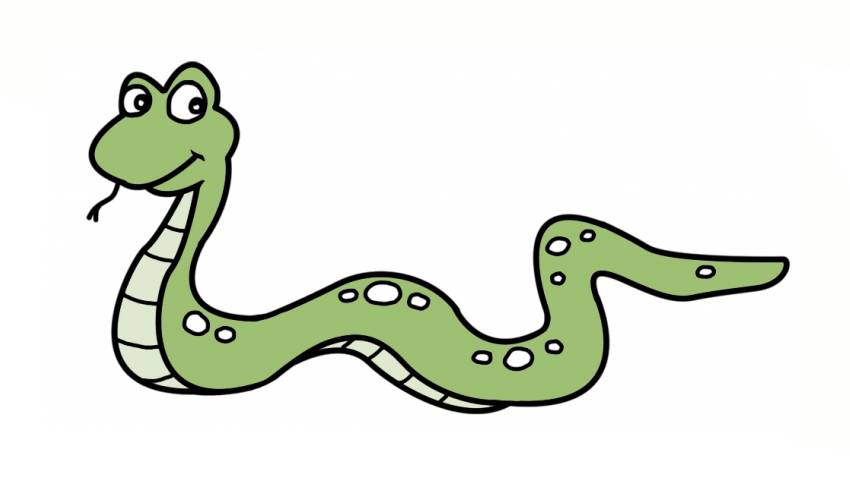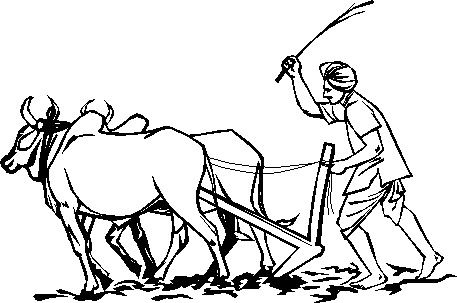
- 31/10/2016
- Dr. Srivatsan Gurumurthy
- 0 Comments
- Blog
What should one do when you encounter a snake bite?
Snake bite occurs commonly in the rural areas throughout the tropics and farmers, villagers, hunters are at risk. Around 15 per cent of the 3000 or so different types of poisonous snakes that exist are regarded as posing a potential risk to humans. For example in India vipers, cobras and kraits are considered venomous. Worldwide around 30,000 to 40,000 people die due to the lethal snake bite and the proportion of deaths in developing countries is very high. Dr. S. Srivatsan, explains the risks associated with snake bite and what one must do.
Snake venoms are molecularly complex mixtures of proteins and small polypeptides with enzymatic activity. In principle, snake venoms act in three ‘different’ ways:
- Haemotoxins, i.e., venoms that split (haemolyse) the red blood cells, or affect the ability of the blood to clot (coagulate) and cause bleeding disorders.
- Neurotoxins, i.e., venoms that in particular paralyse nerve transmission to the muscles and in the worst case paralyse the muscles involved in swallowing and breathing causing respiratory arrest.
- Cardiotoxins, i.e., venoms that have a direct harmful action on the heart and lead to circulatory failure and shock.
Risks of Snake Bite:
The risk of snake bites depends on many factors, such as:
- The species of the snake.
- The amount of venom injected.
- The number of bites.
- The localisation of the bites (bites in the head or on the body are most dangerous, but the bites will typically be in the arms or legs).
- The general state of health of the victim.
- Individual sensitivity to the venom.
Clinical features:
The questions to be asked to a victim of snake bite are where, how long ago and by what sort of snake. Friends and relatives will frequently bring the snake with the patients; the snake should be handled as little as possible since it may only be injured and not dead.
Local swelling, blistering and discolouration of skin at the site of bite occur initially. When the toxin in the bite is a haemolysin the victim may present with profuse bleeding and clotting disorders like bleeding from the gums, blood in the vomitus and stool, blood stained urine etc.
This can deteriorate to hypotension, circulatory collapse and shock. If the toxin in the venom is a neurotoxin, patient presents with a neuromuscular weakness like drooping of eyelids (ptosis), breathlessness and also muscle paralysis. Renal failure may occur as a late complication of snake bite.
First aid:

All patients with suspected envenomation should be observed for 12-24 hours, as the initial manifestation may be delayed. The first aid measures include reassuring the patient, immobilising the bitten area to prevent the spread of venom and identifying the snake.
Application of a firm bandage to occlude the lymphatic drainage is appropriate but using tight ropes (tourniquets) impairs the blood flow (arterial flow) to the affected site and should be avoided. Native methods like cutting the site of bite and sucking out the venom with the mouth should never be attempted.
Hospital management:
The victim should be closely monitored for vital signs, cardiac status and oxygen saturation in blood. The level of swelling and discolouration at the site of the bite should be examined. One should also look out for definite fang marks or bite marks on the affected limb. All the necessary urine and blood investigations especially the clotting time of blood must be taken and these tests are repeated as and when necessary to find out the extent of envenomation.
If the patient is in shock he requires massive intra-venous fluid transfusion. When the bleeding disorder predominates, blood transfusion may be required and in the case of breathlessness and respiratory muscle paralysis the patient requires ventilatory support.
However, the most important and definitive therapy for snake bite is the timely administration of correct, species-specific antivenom. This is reserved for cases with clinical or laboratorical features of systemic envenomation like respiratory distress, ptosis(drooping of eyelids) or bleeding disorders with prolonged clotting time.
Before starting anti-venom therapy an intradermal sensitivity test is done and the anti-venom is administered only after making sure the patient does not develop any alleregic reactions to the anti-venom.
How to avoid snake bites?
- Wear long boots and trousers (which in rainy season also provide some protection against leeches).
- Avoid going out in a snake area in darkness. If it is necessary to do so, then take a powerful torch with you. Snakes prefer to evade bright light and vibrations.
- If you see a snake, you should stand completely still. It will instinctively prefer to go away and most snakes predominantly attack moving targets.
- Do not put your hands down into holes, dark cavities or cracks in the rocks, even if something has fallen down it. To reclaim anything, you can attempt to fish it out with a stick, standing well away from the hole. Creepy-crawlies other than snakes (for example scorpions) may also be poisonous, and they are all lightning fast.
- The best possible advice is not to touch a snake in the wild. If you see a ‘dead’ snake, you should keep well clear. Many people have been bitten two or three times by so called or presumed ‘dead’ snakes.
